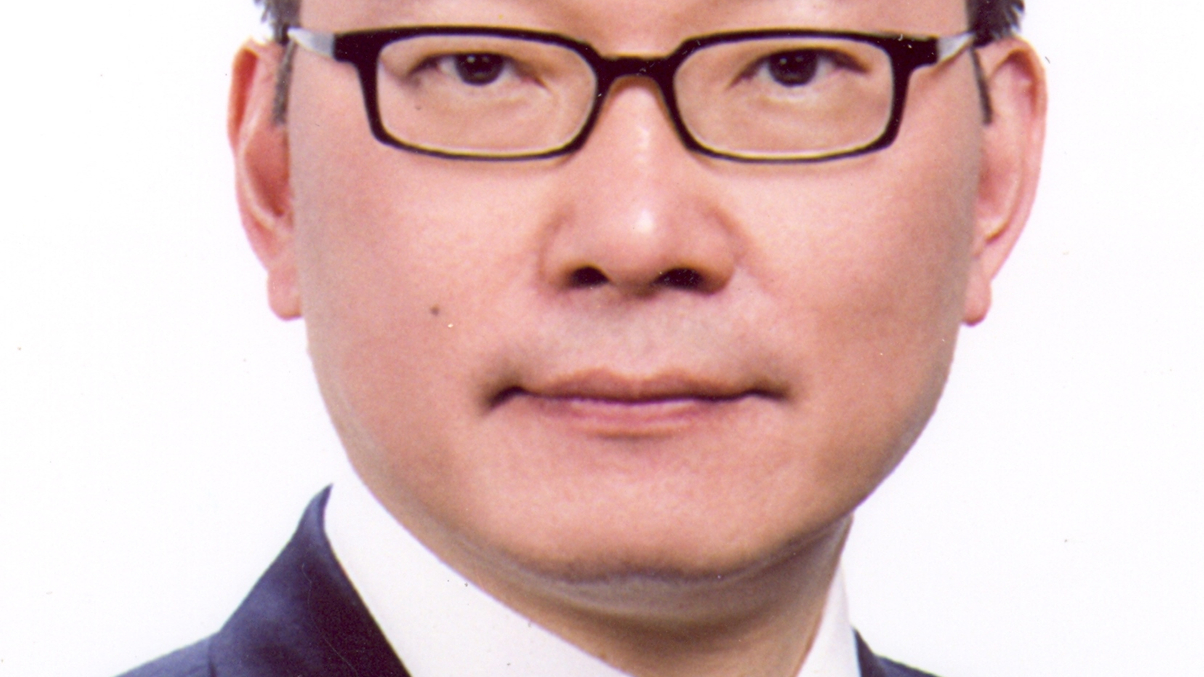Wealthy learn harsh lesson in Hong Kong
The city’s high-net-worth population is still well behind its 2007 peak asset level despite having rebounded, according to the Asia-Pacific Wealth Report 2010, which underpins some key trends and offers allocation forecasts.

The global financial crisis rammed home the importance of risk allocation and the dangers of leverage to investors the world over. In Asia-Pacific, the lessons were perhaps harshest in Hong Kong.
Sign in to read on!
Registered users get 2 free articles in 30 days.
Subscribers have full unlimited access to AsianInvestor
Not signed up? New users get 2 free articles per month, plus a 7-day unlimited free trial.
¬ Haymarket Media Limited. All rights reserved.


